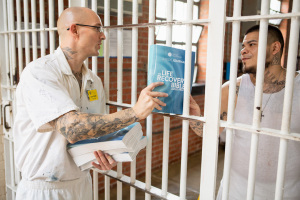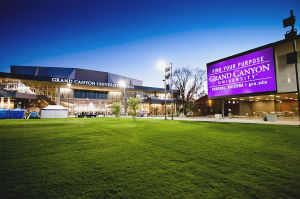The Nap is Back: Daytime Snoozes Good for Health
Recent study: More Americans are taking an afternoon snooze
It's official: the catnap is back. Those daytime snooze hours, better known as "naps" or "siestas," could actually improve overall health, moods, and thinking skills, according to a recent study conducted by researchers at Allegheny College in Pennsylvania.
On a typical day, a Pew Research Center Social & Demographic Trends survey, revealed that a third of the adults in the United States, or 34 percent took a nap in the middle of the day in 2009.
However, more recent research, like the report issued by Allegheny College, tells us that the number of Americans napping on a typical day has grown to more than 41 percent.
Researchers at Allegheny College found that more men than women report that they caught a little snooze in the past 24 hours (38 percent vs. 31 percent.)
More than four-in-ten men, ages 50 and older, say they napped in the past day compared with just 28 percent of women of the same age.
Sleep is the best medicine for those who need to recharge their batteries, but some view snoozing during the day in our workaholic American culture is a sign of laziness.
Researchers disagree.
Sleep researchers said that napping is not a sign of laziness or merely a cultural phenomena.
They say the urge to nap in the afternoon is nearly universal, even in people who have a full night's sleep.
“Napping is healthy,” said Cheryl La Rocque, an author on American health.
“And on the days that you feel run down, over tired, or you have that feeling of being unwell, take a nap or at least rest. It is so simple that many people fail to think of it when they start to get sick.”
She said immune systems require energy to do its job.
“By cutting down on unnecessary expenditures of energy, you can give your immune system a great advantage. So go to bed and take a nap or rest, you will feel better for it,” she said.
Long work schedules, shift work, increased anxiety and a greater use of the internet and television late at night and all characteristics of our modern society have had an impact on nocturnal sleep.
One NASA study showed that a 26-minute nap improved a pilot’s performance by more than 34 percent.
Another recent NASA study showed that a 45-minute nap produced a similar boost in cognitive performance, lasting more than six hours.
The research conducted by Ryan Brindle and Sarah Conklin, from Allegheny College examined the effect of a daytime nap on cardiovascular recovery following a stress test.
“We found that those participants who slept for at least 45 minutes during the day had lower average blood pressure after psychological stress than those who did not sleep,” Brindle said.
He said the average sleep duration is now almost 2 hours shorter per night than it was 50 years ago.
“And this could be impacting our long-term health,” he said.
“For example, sleeping less has been linked to an increased risk of hypertension and cardiovascular problems generally.”
Age made no difference in the more than 1,000 that participated in the study.
All adults, whether still teenagers, young adults, middle aged or elderly, showed the same numbers napping.
Author Joe Kissell also said that napping during the workday increases attention, memory, emotional well-being and overall function.
Researchers say that going to bed in the middle of the day is somewhat impractical.
Finding a quiet place during lunch or during an afternoon break is the best time to take a quick snooze. Naps are not all equal.
Researchers say they are mini versions of a full night's sleep,
“Sleep experts describe mid-afternoon naps as primarily a deep sleep. Morning naps are more likely to be a lighter sleep, while early evening naps are more likely to leave you groggy and may make you postpone night-time sleep,” La Rocque said.
For those who are in the habit of taking that daily nap ritual, remember that shorter is better.
History tells us there have been some famous nappers including Winston Churchill, Albert Einstein, Eleanor Roosevelt, and Johannes Brahms.
Naps were sacrosanct to Winston Churchill. It is said he kept a bed in the Houses of Parliament and believed that napping was the key to his success in leading the country through the Battle of Britain.
“Nature has not intended mankind to work from eight in the morning until midnight without that refreshment of blessed oblivion which, even if it only lasts twenty minutes, is sufficient to renew all the vital forces," Churchill said in a 1959 interview.
Churchill’s afternoon nap was a non-negotiable part of his relaxed approach to his daily routine. Churchill would start his day at 8 am by eating breakfast, answering letters, and dictating to his secretaries, all of which was conducted while still in bed.
After lunch it was time to paint or play cards with his wife, Clementine. Then it was nap time. Churchill would take off his clothes and climb into bed for up to two hours of solid napping. At 6:30 he would rise, take another bath, and enjoy a long dinner.
He finally got down to business at 11 pm and would work for several hours before going to bed and repeating the cycle over again.




























